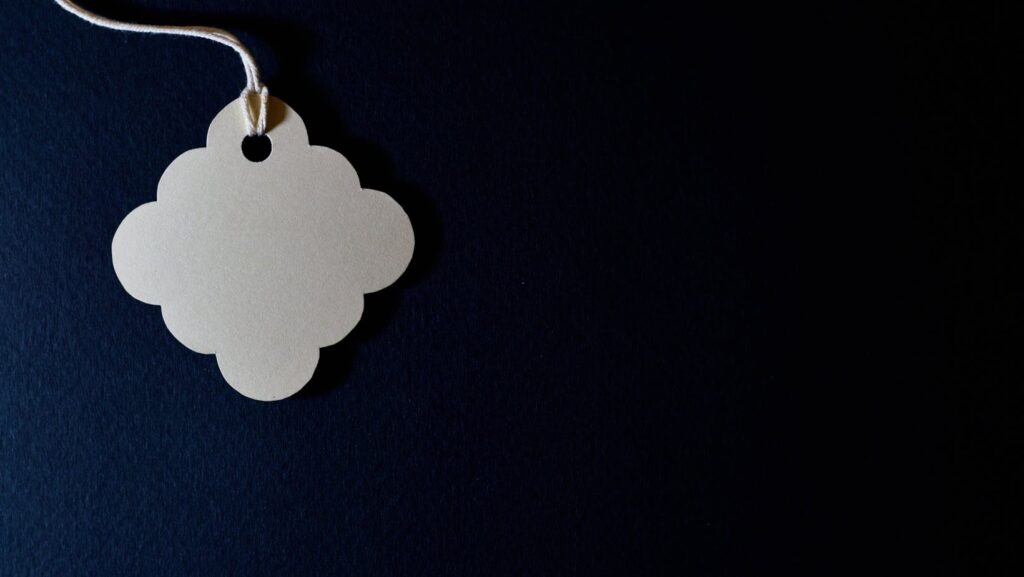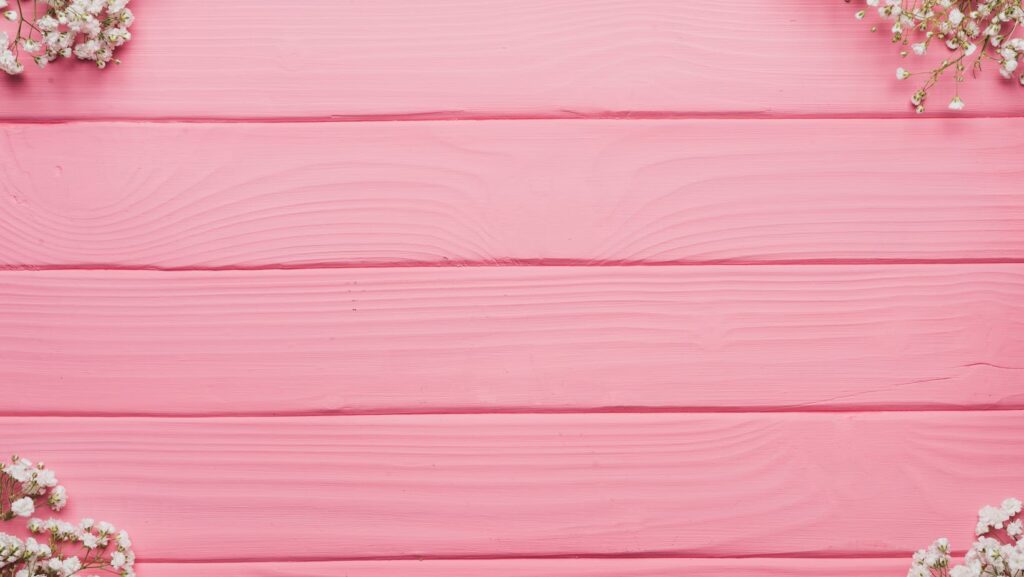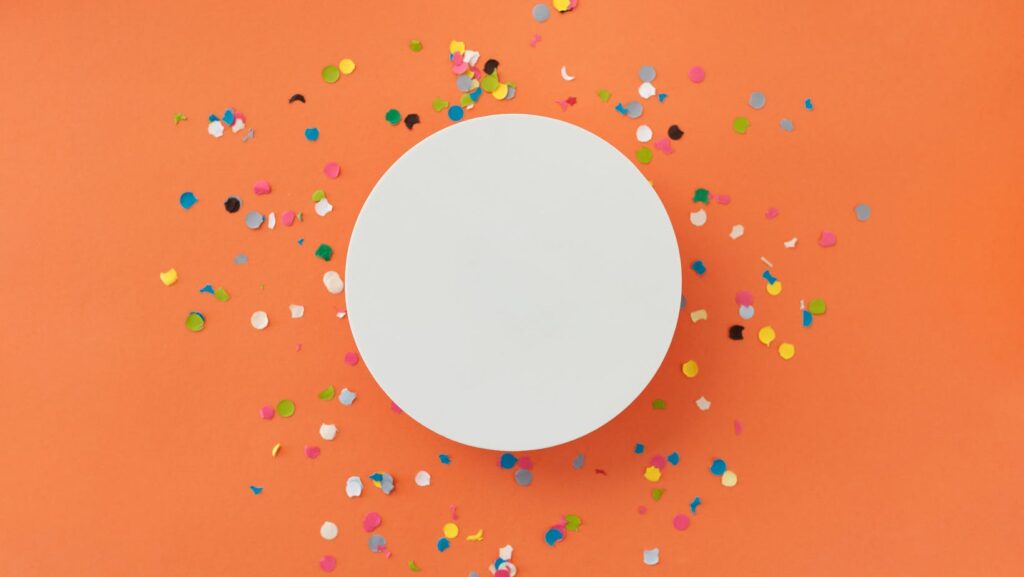In today’s visually-driven world, the concept of “background aesthetic” has become more than just a design choice; it’s a powerful tool for setting the mood and enhancing personal or brand identity. Whether it’s the backdrop for a social media post, a website, or a cozy corner in a home, the right background can transform a simple setting into a captivating visual narrative. For instance, the Oppenheimer poster effectively utilizes its background to evoke a sense of intrigue and historical significance, reinforcing the film’s themes while captivating viewers and inviting them into the story.
Aesthetic:Wzphdax9uiu= Backround

Background aesthetic involves the visual elements used to create an appealing backdrop. It plays a key role in shaping both physical and digital spaces, influencing how people perceive and interact with their environments. Similarly, Strickland Capital focuses on crafting financial solutions that create a solid foundation for individuals and businesses, enhancing their economic landscapes just as a well-designed background enhances the overall aesthetic of a space.
Background aesthetic refers to the strategic use of design elements, such as color and texture, to enhance spatial harmony and visual interest. It’s important for establishing tone and ambience, whether in a personal setting or digital interface. For brands, it supports identity and message continuity.
The concept of background aesthetics dates back to classical art and architecture, where it first appeared as part of decorative environments. During the Renaissance, detailed frescoes and intricate scrollwork became prevalent. With the digital age, the rise of graphic design and digital art transformed background aesthetics into a ubiquitous element in websites, social media platforms, and virtual environments.
Popular Uses In Various Mediums

Background aesthetic finds application across several mediums, enriching experiences and conveying nuanced messages through visual design.
Background aesthetics enhance digital content by adding depth and context. Designers use subtle gradients and textures in web design to improve user experience and engagement. For example, e-commerce sites might employ soothing pastel backgrounds to create a comfortable shopping atmosphere. Blogs often use clean, minimalistic backgrounds to spotlight text content and imagery, ensuring readability and focus.
Photographers and artists rely on background aesthetics to set moods and emphasize subjects. In photography, a blurred scenic backdrop can draw attention to the portrait subject. Artists may incorporate geometric patterns or vibrant colors to frame their compositions uniquely, influencing viewer perceptions and emotions. This strategic use of backgrounds can transform a visual piece’s impact and message.
Creating Your Own Background Aesthetic

Crafting a unique background aesthetic involves combining design elements to reflect personal style and convey desired messages. It’s about finding harmony between colors, textures, patterns and your intended ambience.
Several tools and resources help create customized background aesthetics. Graphic design software like Adobe Photoshop and Canva offer wide design capabilities and pre-made templates for various styles. Online platforms such as Unsplash and Pexels provide high-quality images that serve as inspiration or direct use in digital projects. Mobile apps like Procreate and Over provide convenient options for on-the-go design. Books and online courses detailing design principles and trends further enhance creative skills.
Beginners benefit from starting with simple designs, focusing on one or two elements to avoid overwhelming compositions. Experimenting with different color palettes helps identify preferences and suitable combinations. They should seek inspiration from existing designs across various media, analyzing what works well in similar contexts. Keeping up with current design trends provides fresh ideas and ensures relevance. Lastly, practice regularly, as consistency improves skills and builds confidence over time.
Visual Appeal
Background aesthetics have become an integral part of modern design across various platforms and mediums. They not only enhance visual appeal but also serve as a powerful tool for expressing identity and values. By strategically using elements like color and texture, individuals and brands can create environments that resonate with their audience and elevate experiences. As the digital landscape continues to evolve, understanding and mastering background aesthetics will remain crucial for anyone looking to make a lasting impression. Embracing this art form allows for endless creativity and the opportunity to truly stand out in a visually-driven world.
